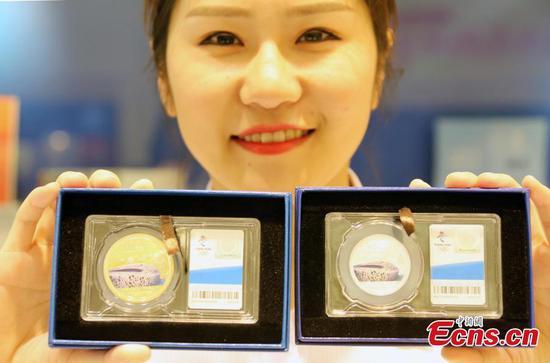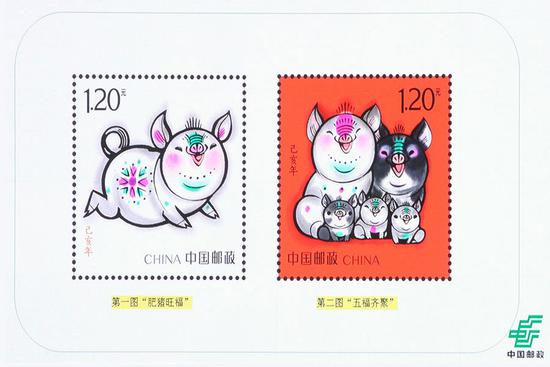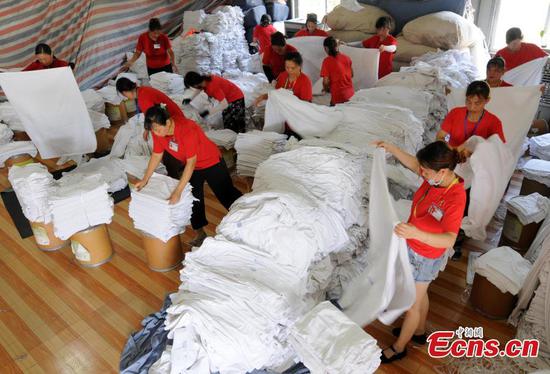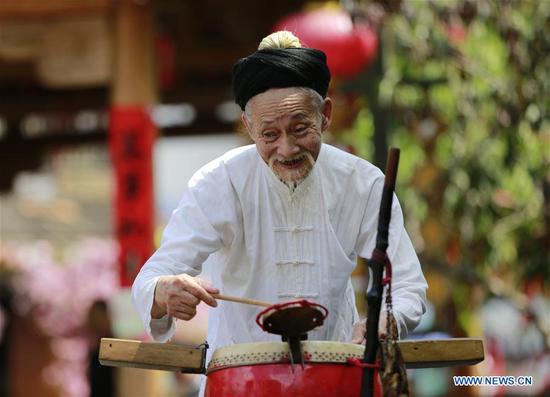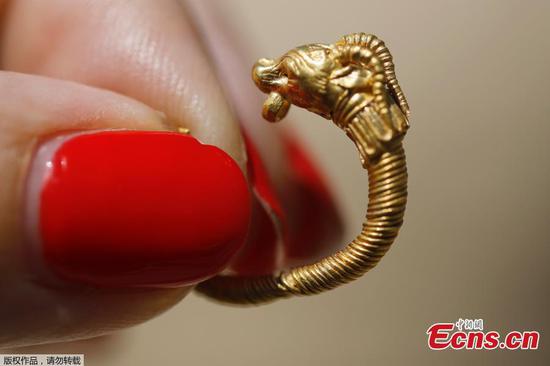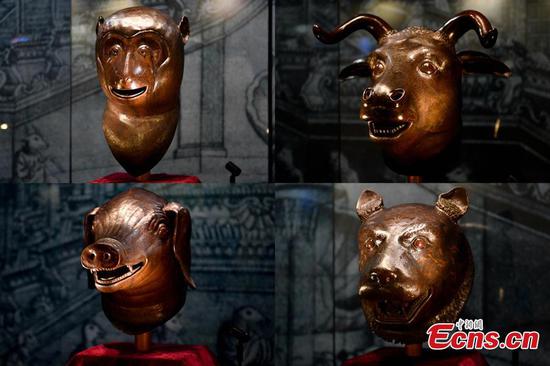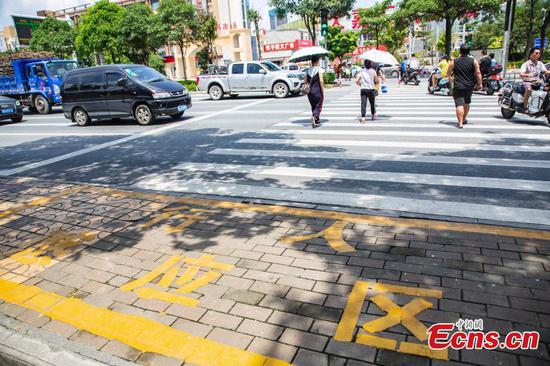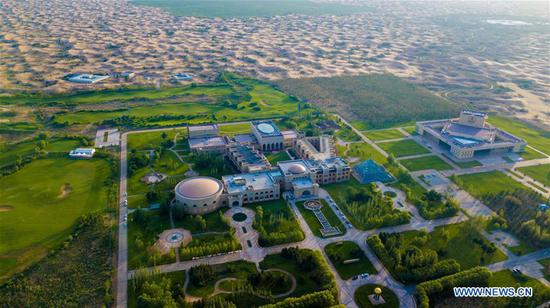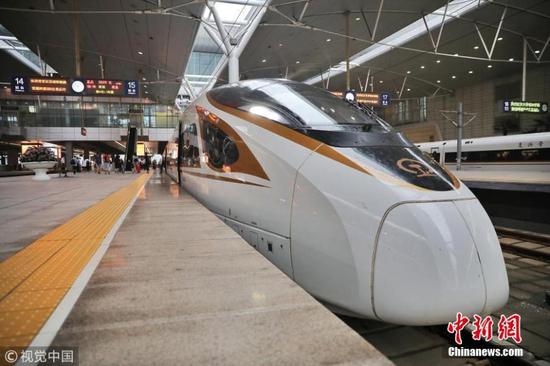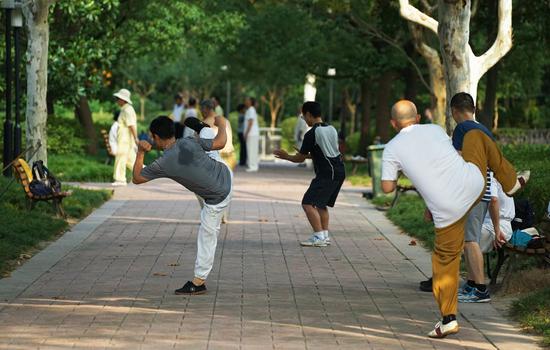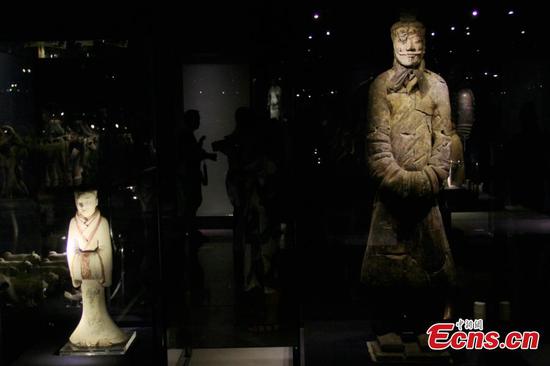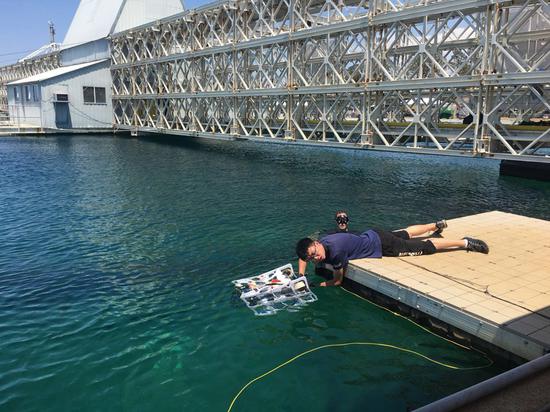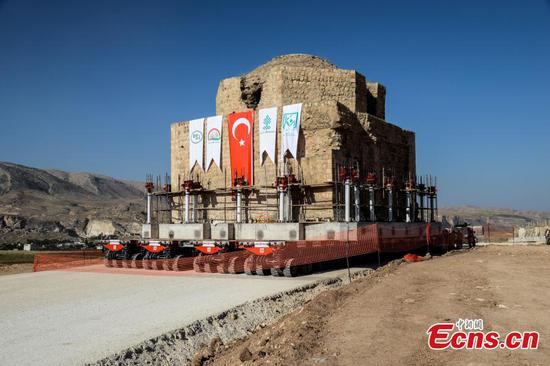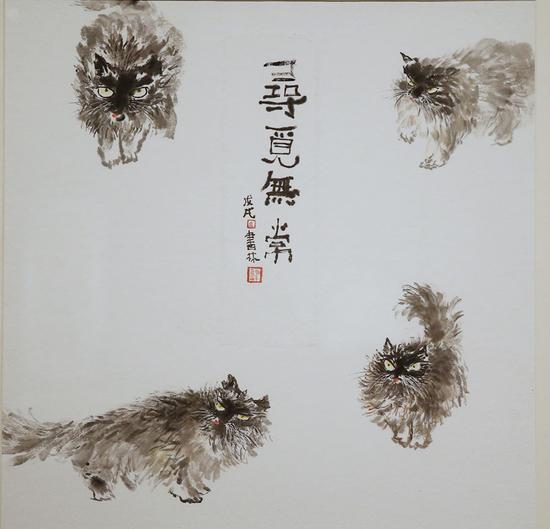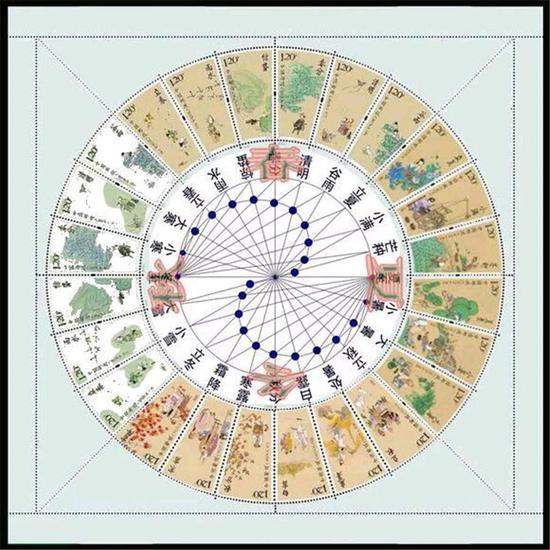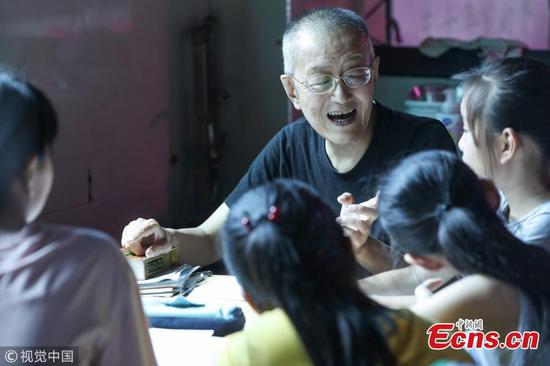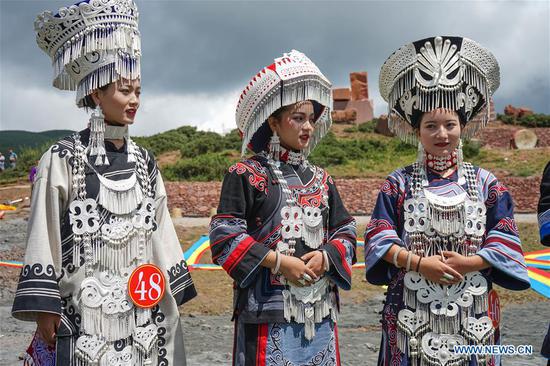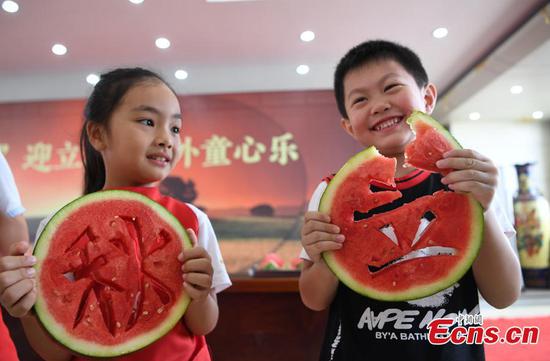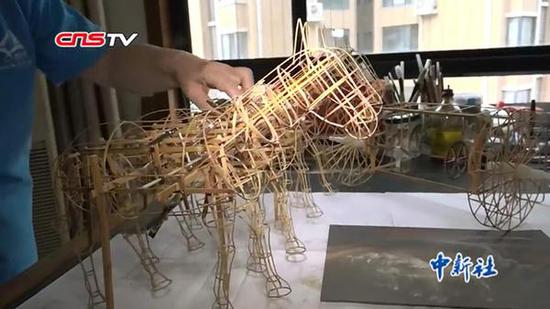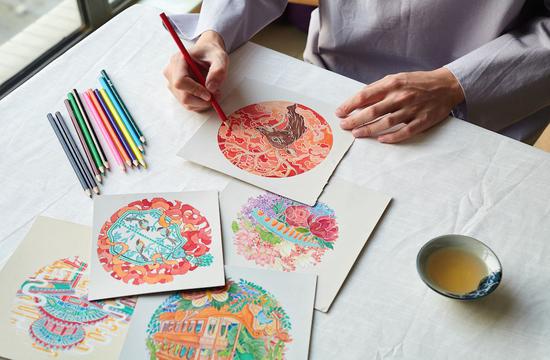
The Palace Museum's online store opened in 2008 and quickly caught the public eye with a series of interesting promotions on social media.
In 2016, a short animation on emperors and their concubines in the Forbidden City went viral on WeChat, quickly attracting numerous fans to the Palace Museum.
This also happened when seven museums, including the National Museum of China, the Shanxi History Museum and the Hunan Museum, made a short video depicting iconic antique statues and sculptures performing a pop dance on Douyin in May. The video, which lasted less than two minutes, was watched millions of times, resulting in numerous searches in online stores.
Qiu said the Summer Palace is also planning to make short videos on apps such as Douyin to promote its products, while in December the British Museum turned to streamlining platforms in China to promote its products to buyers.
Despite these various promotion channels, according to industry insiders the key to the popularity of museum-related products lies in the design and the cultural history behind them.
Wang Feiyue, the design manager on Qiu's team, said that although many museums have turned to designing products, the items are similar. All the museum stores have notebooks, fans, key rings, bookmarks and fridge magnets. Making their products different from others requires designers to take time to carry out research and related work.
Most museums do not have in-house studios to design products. They only have one or two workers in charge of the products and brand department. Some have not yet even set up such a department.
Wang, who has worked in the industry for 10 years, used to design for other cultural institutions, including the Palace Museum.









